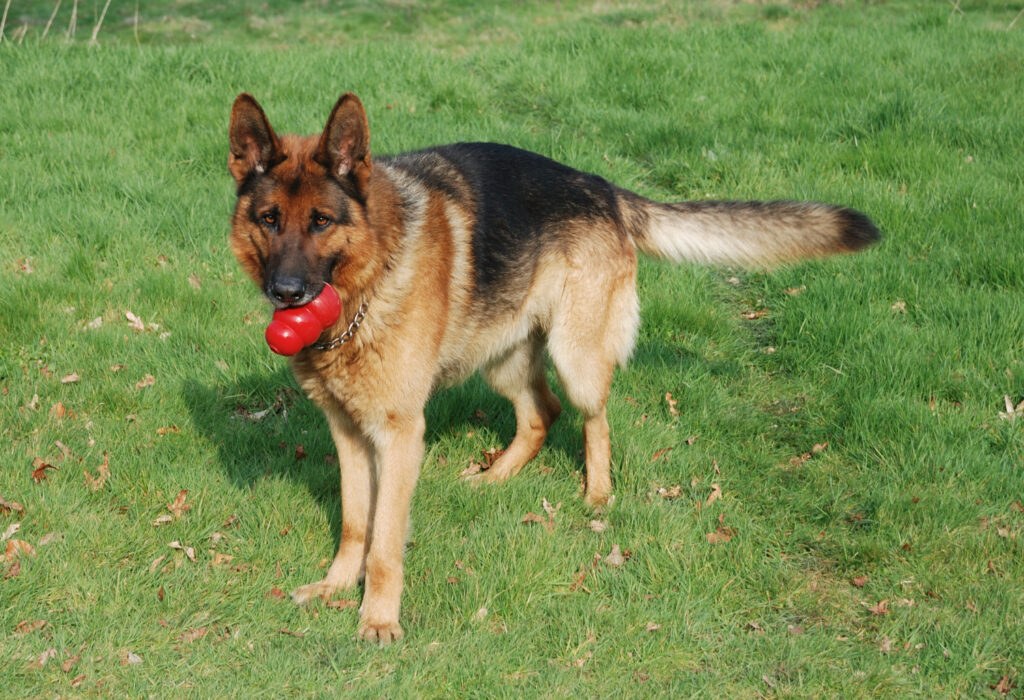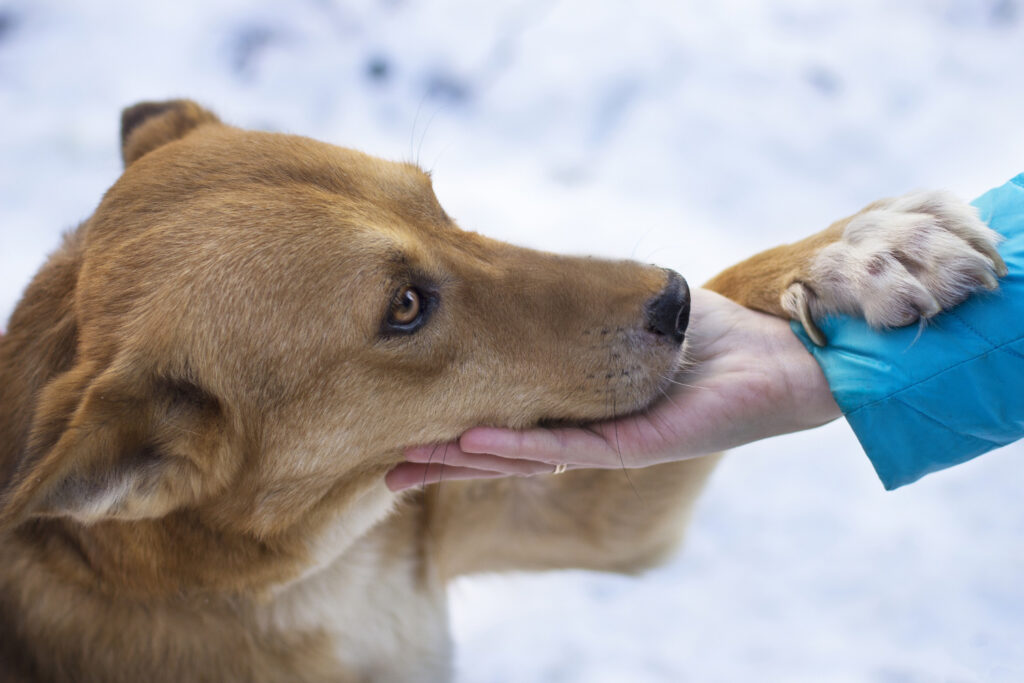Introduction to the German Shepherd
The German Shepherd is one of the most recognisable and admired dog breeds in the world. Known for its intelligence, loyalty, and striking appearance, this breed excels in various roles — from working with police and military forces to being a loyal family companion. Originating in Germany in the late 19th century, the German Shepherd was bred for herding and guarding sheep. However, their abilities far surpass those original duties, making them one of the most versatile and trainable dogs today.
Whether you’re considering adopting one or you’re simply curious about the breed, this complete guide will walk you through everything you need to know about the German Shepherd, including its size, coat types, colour varieties, temperament, and care requirements.
Breed Overview of the German Shepherd
The German Shepherd is classified as a large-sized breed with a sturdy and athletic frame. They’re known for their confidence, courage, and willingness to learn — qualities that make them ideal for both professional tasks and loyal companionship. Below is a quick overview:
- Origin: Germany
- Breed Group: Herding
- Lifespan: 9 to 13 years
- Height: 22–26 inches at the shoulder
- Weight: 50–90 pounds
- Temperament: Loyal, Intelligent, Energetic, Protective
Best Suited For: Active families, working roles, experienced dog owners
Size & Structure of the German Shepherd
One of the defining characteristics of the German Shepherd is its impressive build. Males tend to be larger, standing about 24–26 inches tall and weighing between 65–90 pounds. Females are slightly smaller, generally 22–24 inches in height and weighing 50–70 pounds.
This breed is muscular with a long neck, bushy tail, and a proud, noble stance. Their back slopes gently downwards, a trait often associated with show-line German Shepherds. Working-line dogs, however, may have a straighter back and a more compact frame for better endurance.
Coat Types of the German Shepherd
The German Shepherd comes in two primary coat types:
Short-Haired German Shepherd
Also known as the standard coat, this variety has a double coat — a dense outer layer and a soft undercoat. The outer coat lies close to the body, providing protection from harsh weather. This version is the most common, especially among working-line dogs.
Long-Haired German Shepherd
This variant has a significantly longer outer coat that flows around the chest, legs, and tail. While equally beautiful, the long-haired version lacks the thick undercoat of its short-haired cousin, making them less weather-resistant. These dogs are more often found in companion or show settings rather than in working roles.
Regardless of the type, both coat varieties shed year-round and require regular grooming, especially during seasonal shedding periods.
Coat Colours of the German Shepherd
The breed comes in a stunning variety of colours beyond the classic black and tan. Here are the most common German Shepherd coat colours:
Black and Tan
This is the most iconic colour combo. The body is typically tan with a black saddle and black face mask.
Sable
The sable German Shepherd features hair strands that are black-tipped with shades of brown, gold, or grey at the base. This colour gives a dynamic, wolf-like appearance.
Solid Black
A completely black coat, including the face and tail, gives these dogs a bold and elegant appearance.
Bi-Colour
Similar to black and tan, but with significantly more black — often covering most of the body except for small tan markings.
White
Though rare and not accepted in many kennel clubs for show, white German Shepherds are still popular among pet owners for their striking appearance.
Liver and Blue
These are less common and are considered faults in some breed standards. They are beautiful, though not typically bred for conformation shows.

Must Read – 10 Popular Dog Breeds
Temperament and Personality
German Shepherds are known for their intelligence, loyalty, and protective nature. These traits make them excellent guard dogs, but also mean they require proper socialisation and training. Early exposure to various people, sounds, and experiences is crucial.
Here’s what to expect from their temperament:
- Highly trainable and responsive to commands
- Protective but not aggressive by nature
- Energetic and needs regular mental and physical stimulation
- Great with families and children when well-socialised
- May be reserved with strangers initially
Due to their high intelligence, German Shepherds can become bored if not properly stimulated, which may lead to undesirable behaviours like chewing or barking excessively.
Exercise and Training Needs
The German Shepherd is an active, energetic breed that thrives on regular physical exercise and mental challenges. A simple walk around the block won’t suffice for this breed.
Recommended activities include:
- Long daily walks or jogs
- Agility training
- Obedience classes
- Interactive toys and puzzle feeders
- Hiking and outdoor adventures
Without proper stimulation, German Shepherds can develop destructive behaviours. Training should begin early, using positive reinforcement techniques, and should continue throughout their life.
Grooming & Maintenance
Depending on coat type, German Shepherds require different levels of grooming.
- Brushing: Short-haired varieties should be brushed at least twice a week. Long-haired dogs require more frequent brushing — ideally every other day — to prevent mats and tangles.
- Bathing: Once every 6–8 weeks is ideal unless they get especially dirty.
- Shedding: Expect heavy seasonal shedding in spring and autumn. Regular brushing and a good vacuum cleaner are essential!
Ears & Nails: Check ears weekly and keep nails trimmed to avoid discomfort.
Health Concerns
Like all breeds, the German Shepherd is prone to certain genetic and lifestyle-related health issues:
- Hip and Elbow Dysplasia
- Degenerative Myelopathy
- Bloat (Gastric Torsion)
- Allergies and Skin Conditions
- Exocrine Pancreatic Insufficiency (EPI)
Buying from a reputable breeder who conducts health screenings can reduce the risk of inherited conditions.

Must Read – Best Dog Dental Treats & Chews for Healthy Teeth
Diet and Nutrition
Proper nutrition is vital to support the active lifestyle of a German Shepherd.
- Puppies: High-protein diets formulated for large breed puppies to support controlled growth
- Adults: Balanced diet with protein, healthy fats, and nutrients
- Seniors: Senior-specific formulas that promote joint health and easy digestion
Always consult your vet to create a diet plan tailored to your dog’s needs.
German Shepherd as a Family Pet
If raised with love, boundaries, and plenty of stimulation, the German Shepherd makes a superb family pet. They bond deeply with their humans and often form a strong attachment to one person in particular.
They are excellent with children, especially when raised alongside them. However, due to their size and energy, supervision is recommended around smaller children.
Conclusion:
From its origins as a herding dog to its role in police, military, and search-and-rescue work, the German Shepherd has proven itself to be one of the most intelligent, versatile, and loyal breeds. Their majestic appearance combined with their trainability and strong work ethic makes them a favourite choice for both working professionals and dog-loving families.
If you’re considering welcoming a German Shepherd into your home, be prepared to offer time, structure, and a good dose of physical activity. In return, you’ll get a protective, affectionate, and endlessly devoted companion.







